Coral snakes are a large group of venomous snakes in the Elapidae family. Other members in the same family are sea snakes, copperheads, mambas, king cobras, and more. They are well known for their bright colored bands of red, black, and yellow scales.
These venomous snakes are sometimes mistaken for non-venomous species with similar coloration, like milksnakes and kingsnakes. Read on to learn about the coral snake.
Description of the Coral Snake
There are over 80 different species of coral snakes, each with its own unique appearance. For the most part, North American species stick to a similar coloration, which makes them easy to identify.
The North American species have red, yellow, and black bands. In other parts of the world, however, coral snakes have extremely varied patterns and colors. Some lack colored bands at all, while others have pink or blue bands.
Interesting Facts About the Coral Snake
These snakes can be quite dangerous, but are generally reclusive and avoid interaction with humans. Regardless, if you cannot identify a snake with 100% certainty, it is best to give it a wide berth!
- Safe to Touch? – While you should never touch a snake you cannot identify, with North American coral snake species, you can differentiate between similar venomous and non-venomous species by using helpful mnemonics. To tell the difference between harmless species, and harmful species, remember, “Red on yellow, kills a fellow – Red on black, a friend of Jack.” When red bands touch yellow bands, the snake is a coral snake, and when red bands touch black bands it is not.
- Venomous or Poisonous – Whenever given the opportunity, I like to remind people the difference between poisonous creatures and venomous creatures. The vast majority of dangerous snake species are venomous, not poisonous. A venomous creature bites something, and injects venom with its teeth. A poisonous creature exudes a toxin on its skin that kills whatever bites/eats it. To put it simply, if it bites you and you die, it’s venomous. If you bite it and you die, it’s poisonous.
- Hideaway – Though they are dangerous, these snakes are definitely not out to get you. In fact, they prefer hiding under leaf litter and beneath old trees to roaming in the open. They commonly exhibit fossorial, or burrowing, behavior.
- Self Destruction – Coral snakes are one of the many different snake species that are ophiophagous. This means that they eat other snakes. Unlike some ophiophagous snake species, coral snakes are also known to be cannibalistic and eat their own kind!
Habitat of the Coral Snake
There are a wide variety of species in this family of snakes, and they are known to live in a number of different habitats across the world. Some species are found exclusively in rainforests, others are native to salt marshes and wooded areas. They can be found in dry scrublands, swamps, pine flatwoods, and more. They prefer areas dense leaf litter and debris, where they can hide effectively.
Distribution of the Coral Snake
Different species of coral snakes have different distributions. There are a number of North American species, and they are most easily identified by color pattern. Different species can be found in South America, Central America, India, and Asia. They are divided into two categories, New World species (the Americas) and Old World species (India and Asia).
Diet of the Coral Snake
Despite their wide distribution and differing characteristics, these snakes usually have similar diets. They have relatively small mouths, and thus, usually feed on small prey. Depending on the species, they are known to be ophiophagous, which means they feed on other snakes. They also feed on lizards, insects, small mammals, young birds, and other similar prey.
Coral Snake and Human Interaction
These snakes actually have extremely potent venom, but they do not account for a very high percentage of yearly snakebites. They avoid heavily populated areas, and are not commonly found near human habitation. When humans do come across them, they probably don’t even realize because the snake stays well hidden and avoids contact.
They also have quite short fangs, so it is not uncommon for bites to not penetrate thick clothing or shoes. Bites do occur approximately 15 – 25 times per year, and they are extremely serious when they do. If bitten, seek immediate medical assistance, as respiratory failure can occur within hours.
Domestication
No species of coral snake have been domesticated.
Does the Coral Snake Make a Good Pet
As is the case with any venomous snake, it is highly unadvisable to own a coral snake as a pet. If you are bitten, it can kill you.
Coral Snake Care
In a zoological setting these snakes can be relatively easily housed. They enjoy hiding beneath detritus and rotten logs, and are fairly inactive snakes. For this reason it is important to provide them with a dense substrate for digging, and plenty of other hiding places.
They can be fed insects, small rodents, and other appropriately sized food, depending on the species. Some species are notoriously difficult to feed in a captive setting. Institutions that house these snakes are vital for the creation of antivenom that saves lives when humans are bitten.
Behavior of the Coral Snake
Most species of coral snakes are solitary and reclusive creatures. They avoid interaction with other creatures, and live in areas that are uninhabited by humans. There are also a few aquatic species that live and feed in swampy areas with dense vegetation. These creatures only emerge from their hiding places after nightfall to search for prey.
Reproduction of the Coral Snake
Unlike many venomous snake species, which give birth to live young, coral snakes lay eggs. Depending on the species, they will lay a small number of eggs, known as a clutch. North American species lay their eggs in the summer, and the eggs will hatch in the fall. The hatchlings receive no maternal care, and are fully self-sufficient at birth.

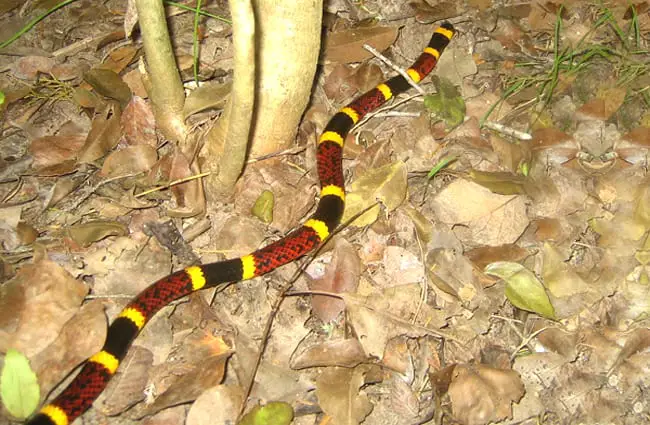

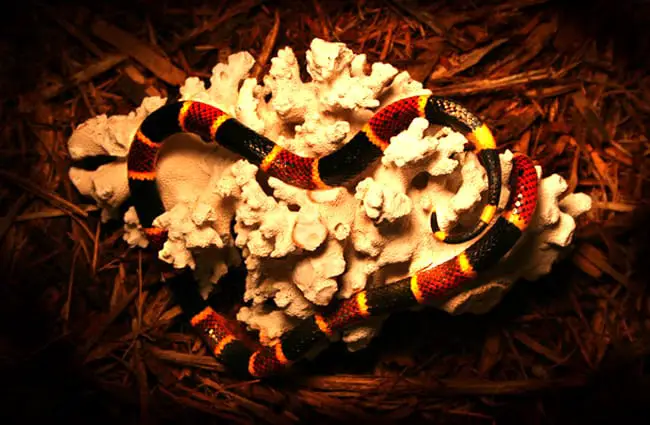
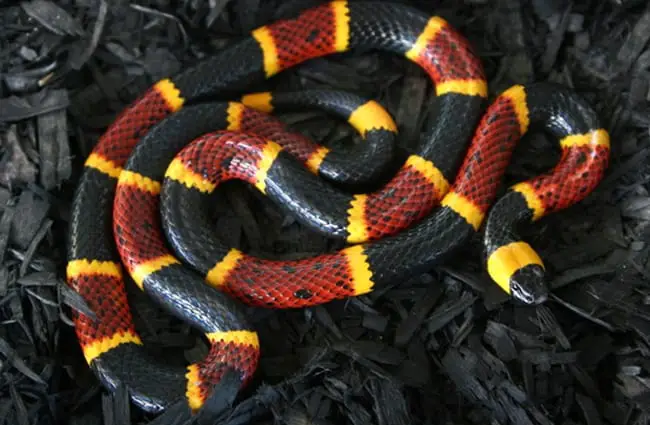
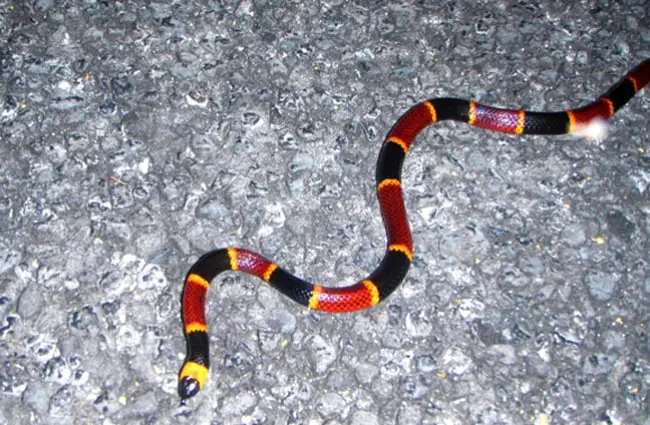
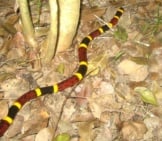
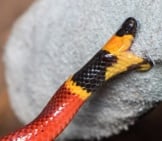
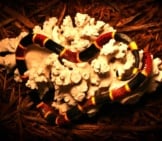
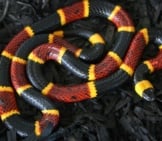

![Red Angus Closeup of a beautiful Red Angus cowPhoto by: U.S. Department of Agriculture [pubic domain]https://creativecommons.org/licenses/by/2.0/](https://animals.net/wp-content/uploads/2020/03/Red-Angus-4-238x178.jpg)












![Red Angus Closeup of a beautiful Red Angus cowPhoto by: U.S. Department of Agriculture [pubic domain]https://creativecommons.org/licenses/by/2.0/](https://animals.net/wp-content/uploads/2020/03/Red-Angus-4-100x75.jpg)

